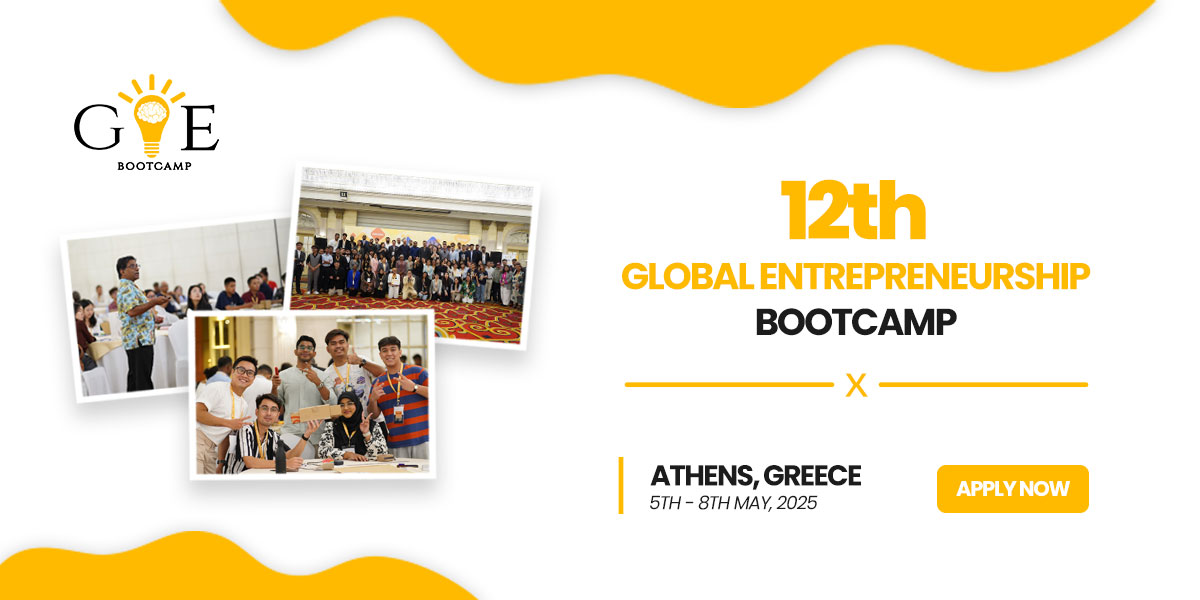
Details
Applications are open for the Siemens Gamesa/UN SDSN “Universities for Goal 13” Competition 2023. Sponsored by Siemens Gamesa and in collaboration with the United Nations Sustainable Development Solutions Network (SDSN), “Universities for Goal 13” is an annual competition for undergraduate and graduate students of the SDSN global network of universities.
It aims to mobilize university talent in a team competition to create practical solutions for achieving environmental sustainability (SDG 13) from multi-disciplinary perspectives. While focusing on Goal 13, the competition requires that the projects align with all 17 Sustainable Development Goals (SDGs), which are an urgent call for action by all countries – developed and developing – in a global partnership. They recognize that ending poverty and other deprivations must go hand-in-hand with strategies that improve health and education, reduce inequality, and spur economic growth – all while tackling climate change and working to preserve our oceans and forests.
See More: Fully Funded SI Scholarship for Global Professionals in Sweden
Prize from UN SDSN Competition
- The winning solution will be awarded USD $10,000 in prize money for further development and implementation.
- The winning solution will be announced during an award ceremony in New York in September 2023 during the UN General Assembly week. Depending on the public health situation, this event will be held in-person or online.
- All finalist teams will be issued a Certificate of Participation.
Eligibility for UN SDSN Competition
Students
- The UG13 Competition is open to all undergraduate and graduate students currently enrolled in the universities that are participating in the contest. Previous participants in the contest are welcome to participate again.
- Those students who graduate during the competition process will still be eligible to participate. Participants have to be a student at the time the proposal is submitted.
- The teams must be composed of at least 3 students, preferably from different disciplines, as the development of the solutions will require a multidisciplinary approach.
- The competition structure is progressive based on the scores assigned by the judges. Teams and team members that progress through each of these competition levels must remain consistent.
- Those students who leave the team at some stage will only be allowed to rejoin the team if the other members agree unanimously. All team members must comply with the Competition Code of Conduct.
- In addition to the student members, the students or the university’s focal point must identify a professor or university staff who will serve as the team’s tutor.
Solutions
- Solutions must have disruptive potential, be aligned with the SDGs and be technically feasible.
- The proposals can be at any development stage, they can be an idea, a pilot project or an existing project that needs further development. They do not necessariliy have to be unpublished.
- The potential outcomes of students’ work should include analyses of needs, potentials, barriers and opportunities to utilize the capabilities of business and industry offerings. They should enhance understanding of technical, legal, economical or sociological aspects of how the solutions can support the development of the region. They can also design, analyze and suggest concrete solutions for narrowing, slowing, and/or closing resource loops, minimizing energy demand and use, regenerating resources and materials, and creating, supplying and using data.
Submission Requirements for UN SDSN Competition
- All entries must be submitted online. No project documents of any form will be considered after the submission deadlines.
- Secondly, Works must be in English or have English subtitles.
- All projects must complete SDSN’s SDG Impact Assessment Tool and attach the resulting report stating the impacted SDG-targets.
Application of UN SDSN Competition
Click here to submit proposals
See More: Wise Guys XR Acceleration Program 2023 | Funded
Lastly, It is important to visit the official website link found below to access the application form.
Correspondingly, Join us on Telegram for more opportunities!
Similarly, Visit oyaop.com and oyaschool.com for more scholarship opportunities.
Specifications
| Type of Opportunity | Competitions and Awards |
|---|---|
| Deadline | 01 March,2023 |
| Country | France |
| Open to | All |
| Organizer | SDSN |
| Contact the organizer | +33 (0) 1 84 86 06 60 |
